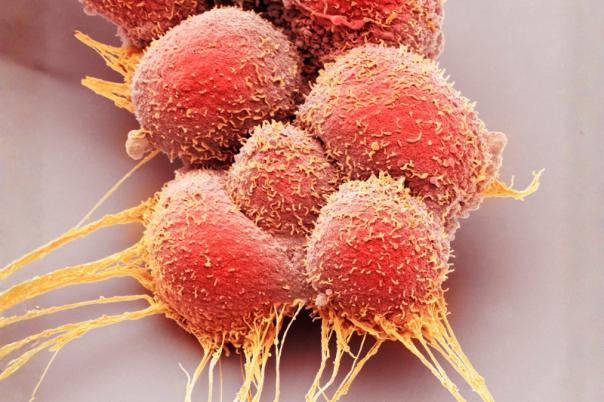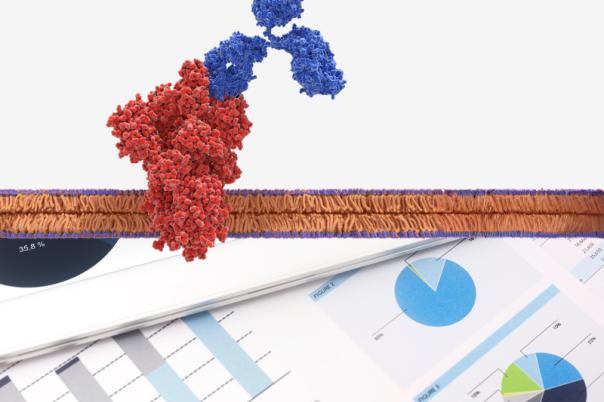Recent advances in both the size and availability of data and the computational power to process it has spurred on the progression of AI in many parts of the therapeutic pipeline. Of particular note is how machine learning has impacted protein design. Philip Kim, Professor at the University of Toronto and Co-Founder of Fable therapeutics, demonstrates in this presentation his team’s recent progress in applying AI to protein design.
Kim begins by establishing the significant developments within the field. Particularly, Kim highlighted the use of graphs to represent 3D protein structures, the application of transformers, transfer learning, and diffusion models for high-quality sample generation.
Graph neural networks have been pivotal in encoding protein structures. Kim first noted the lack of success that scientists were experiencing with previous methods of representing 3D proteins such as voxelization. Whereas, using graphs to represent 3D structures to computers has had more fortune. This led to Kim’s team developing protein inverse folding models like ProteinSolver, which accurately predicts protein sequences.
Kim also highlighted protein language models, which when combined with graph-based methods, have enhanced the understanding of protein structures and interactions, aiding in tasks like docking and antibody design.
Furthermore, diffusion models, another AI tool, have revolutionised protein design by generating new protein backbones and sequences. Kim noted how, in the early days of diffusion modelling, his team were responsible for ProteinSGM, one of the first validated models to achieve this.
Flow matching models, such as FlowPack and HelixFlow from Kim’s lab, offer improved training efficiency and performance in tasks like side chain packing and peptide generation.
Finally, Kim outlined his team’s Antibody-SGM and AntibodyFlow models. These have shown superior performance in generating antibody sequences and structures, with ongoing improvements presented at conferences.
The presentation then briefly discusses Kim’s company, Fable Therapeutics. They use state-of-the-art language and structure models for de novo design and optimisation, achieving high success rates in antibody generation and docking.





